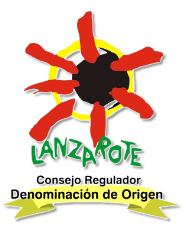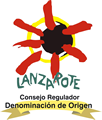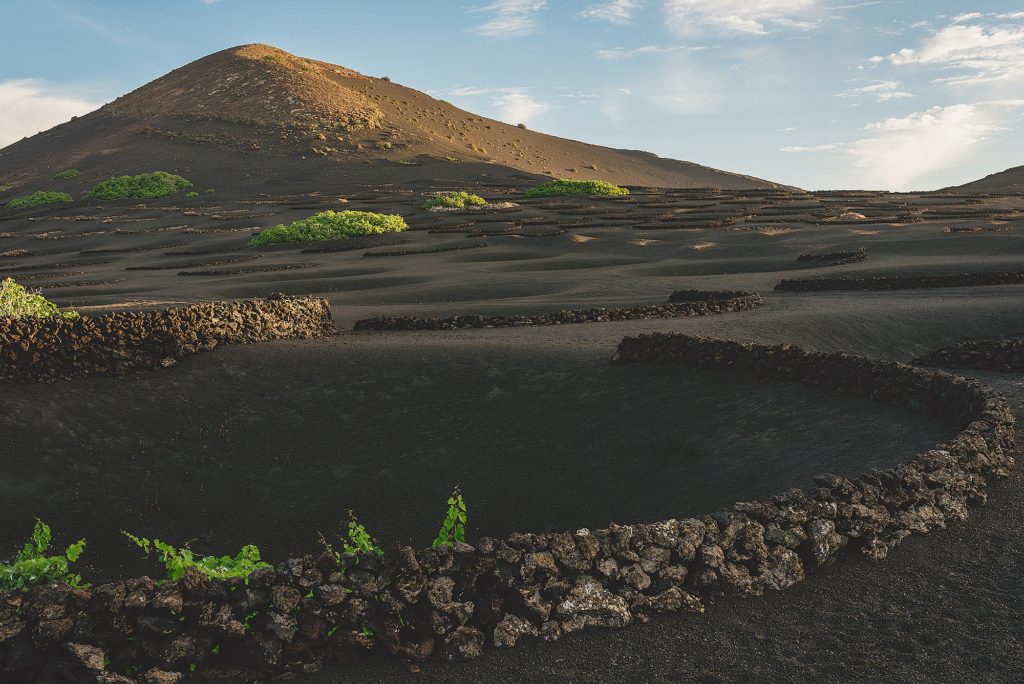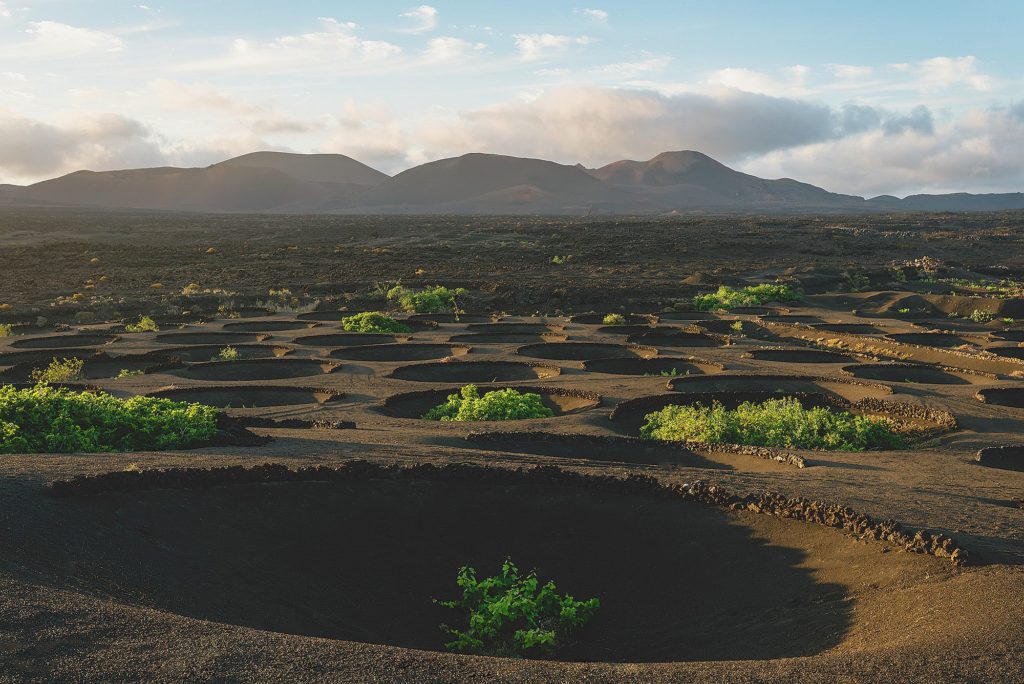Lanzarote’s climate can be classified as desert-like according to Lang’s rain factor, hyper-arid according to Martonne’s aridity index, and subtropical semi-arid Mediterranean according to the Papadakis classification.
The average temperature of the area is 20°C, with thermal variations between the coldest and warmest months, with an average temperature difference between January and August of around 7°C.
The temperature contrast between day and night on this island can be up to 17°C in the same day. These variations are common to desert climates.
Average annual precipitation is below 150 mm. With regard to seasonal variation, it should be noted that the rainiest month is December, with the majority of annual precipitation occurring between the months of November and March, and practically zero rainfall between the months of June and August.






